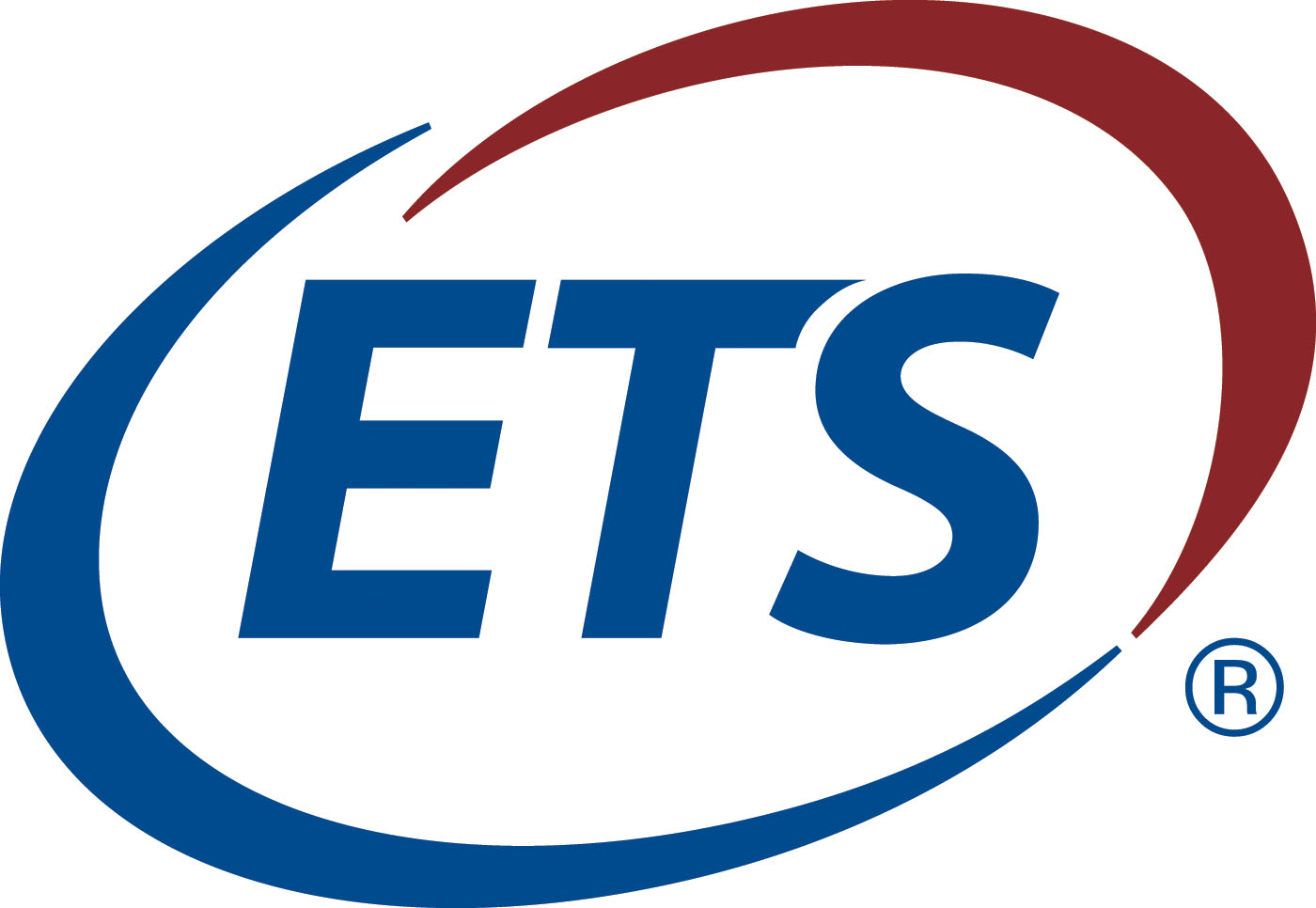PRINCETON, New Jersey, April 7, 2016 /PRNewswire-HISPANIC PR WIRE/ — Effective practices for identifying students who are English learners (ELs) are crucial to serving this large and growing population of students. However, states, districts and even individual schools differ in the methods they use to identify EL students. This calls into question the reliability and validity of identification practices and creates a risk that ELs may not receive the instructional services they need to help them succeed academically, according to a new research report from Educational Testing Service (ETS).
Logo – http://photos.prnewswire.com/prnh/20120110/DC33419LOGO
“Key Issues and Opportunities in the Initial Identification and Classification of English Learners,” was written by Alexis A. Lopez and Emilie Pooler of ETS, and Robert Linquanti of WestEd. It is the fourth in a series of K-12 EL research reports discussing next-generation English language proficiency systems to support the education of K-12 ELs in the United States.
“We have highlighted several issues with current policies, processes, and tools to identify and classify English learners,” says Lopez. “We have also offered a number of recommendations to address these issues and improve the initial identification and classification of English learners. We hope that, by considering these recommendations, it will be possible to help ensure that the emerging generation of initial English language proficiency assessments will better serve the needs of English learners and their educators.”
“Without appropriate initial English language proficiency assessments, educators are less likely to make valid classification decisions, and that can lead to under identification or over identification of students as English learners,” adds Pooler. “In order to help prevent misclassification of students, it is important to aim to ensure that initial English language proficiency assessments are developed specifically for initial classification purposes.”
“Ensuring EL students receive specialized instructional support services to which they are legally entitled is predicated on appropriately identifying and classifying such students,” says Linquanti. “Incorrectly classified students are less likely to be provided with instructional services that match their strengths and needs. So the stakes associated with initial ELP assessments are significant.”
In the new report, the authors review assessments and approaches used to initially identify and classify English learners, and offer recommendations to help state and local educators, policymakers and test developers strengthen and improve the process.
Download a copy of this paper at http://dx.doi.org/10.1002/ets2.12090.
Download other papers in the series:
- Creating a Next-Generation System of K–12 English Learner (EL) Language Proficiency Assessments
- Conceptualizing Accessibility for English Language Proficiency Assessments
- Next-Generation Summative English Language Proficiency Assessments for English Learners: Priorities for Policy and Research
About ETS
At ETS, we advance quality and equity in education for people worldwide by creating assessments based on rigorous research. ETS serves individuals, educational institutions and government agencies by providing customized solutions for teacher certification, English language learning, and elementary, secondary and postsecondary education, and by conducting education research, analysis and policy studies. Founded as a nonprofit in 1947, ETS develops, administers and scores more than 50 million tests annually — including the TOEFL® and TOEIC ® tests, the GRE ® tests and The Praxis Series ® assessments — in more than 180 countries, at over 9,000 locations worldwide. www.ets.org
About WestEd
WestEd — a nonpartisan, nonprofit research, development, and service agency — works with education and other communities throughout the United States and abroad to promote excellence, achieve equity, and improve learning for children, youth, and adults. www.wested.org






